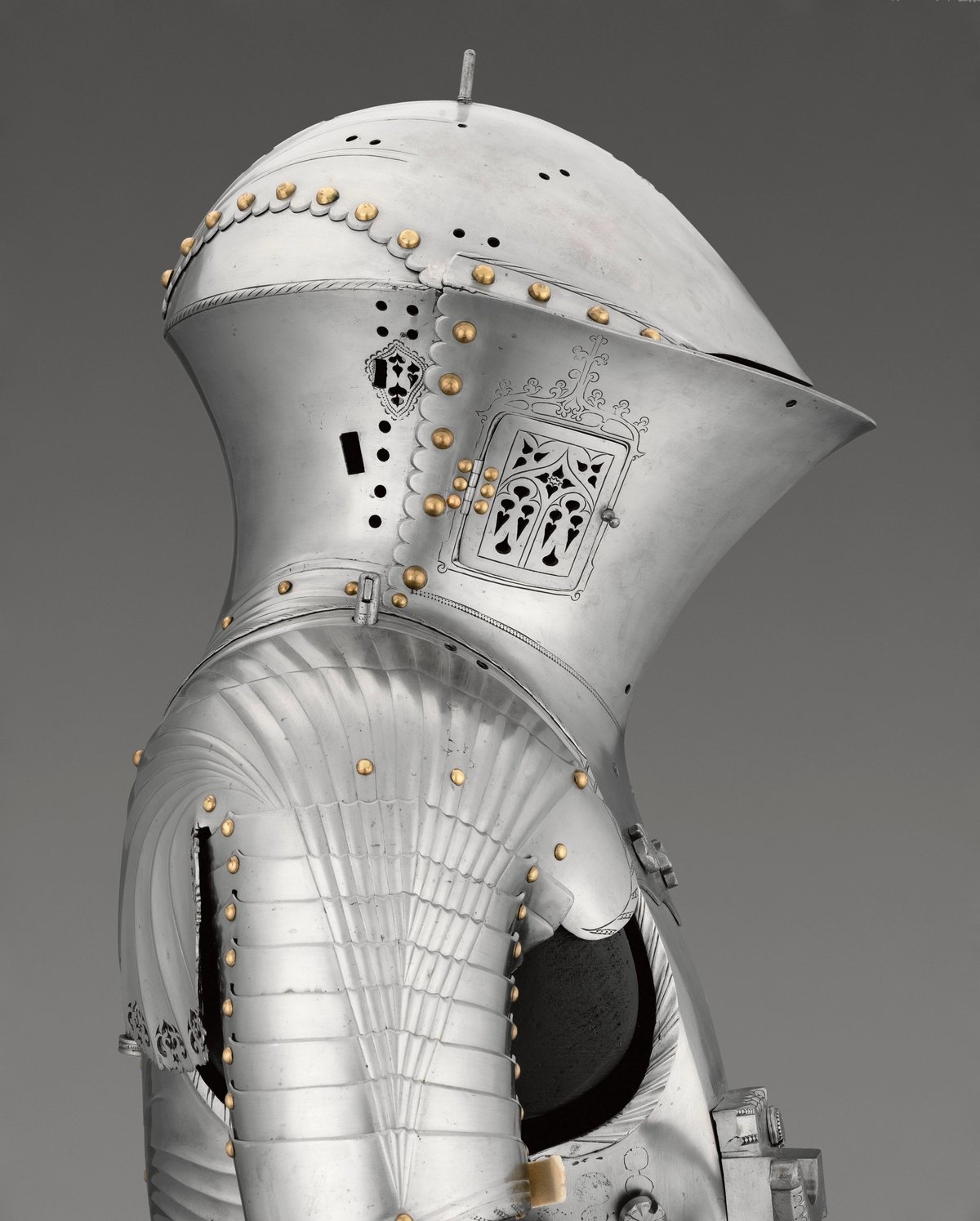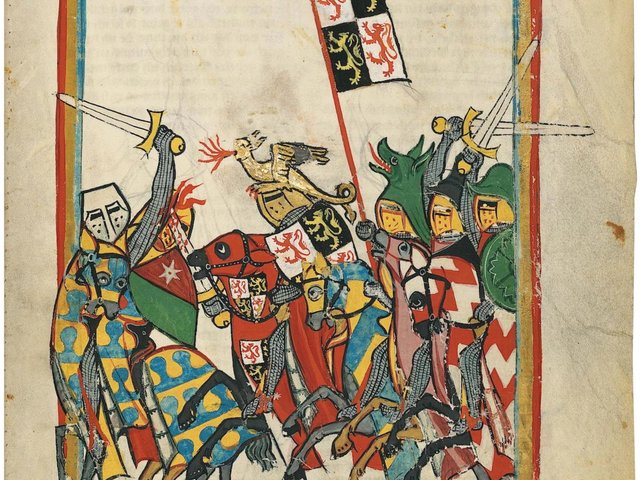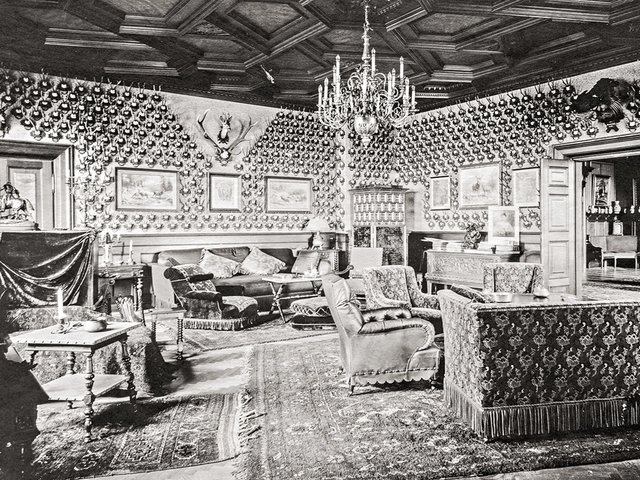Bella gerant alii, tu felix Austria, nube (let others wage war, but you, happy Austria, marry) was a slogan that accounts for a policy of the Holy Roman Emperor Maximilian I (1459-1519; reigned from 1493). By marrying Mary of Burgundy he added at a stroke almost all of the Low Countries and Burgundy to the Austrian hereditary lands. Then by having their son John marry Joanna, the daughter of Ferdinand II of Aragon and Isabella I of Castile, Spain and its empire (including the lion’s share of Latin America) became a Habsburg acquisition.
As well as being uxorious for himself and his kinsfolk, Maximilian was also devoted to chivalry as this book amply illustrates. At a period when gunpowder was rapidly overtaking all other arms, armour was quickly becoming outdated, not to mention useless on the battlefield, hence the punning title of this book: The Last Knight. Nevertheless, to possess armour and metaphorically to be armigerous (that is, to have the right to bear arms) distinguished the “armed” from the polloi.
Princes played at knightly games, such as Jousts of Peace (the lances were blunted to prevent real injury; shown here, some of the armour made by Jörg Helmschmid for Maximilian for a joust, around 1494) to demonstrate their commitment to chivalric values. Like his contemporaries, Maximilian was set on distinguishing himself by his possessions and by amassing huge collection of arms and armour put him ahead of the others. In this book that accompanies the exhibition of the same name at the Metropolitan Museum of Art, New York (until 5 January 2020), coinciding with the 500th anniversary of Maximilian’s death, more than 180 objects (not all metalwork) are presented to show the importance of this aspect of court life.
- Pierre Terjanian, ed, The Last Knight: the Art, Armor, and Ambition of Maximilian I, Metropolitan Museum of Art in association with Yale University Press, 340pp, $65 (hb)





